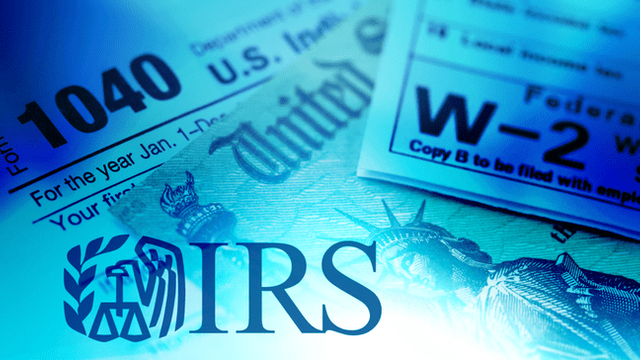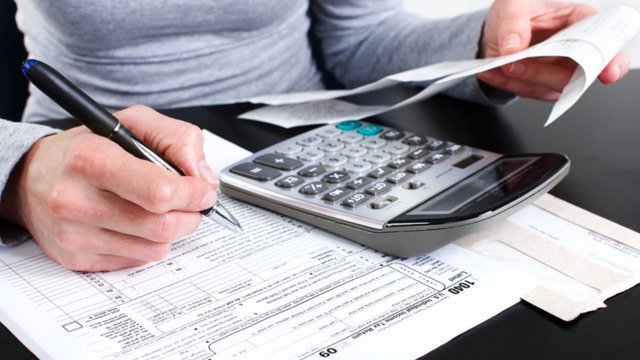The tax processes must include the tax situation of the years subject to review; the review of all the returns that serve to determine the contingencies and the level of taxation. In turn, the review of those procedures and controls, which may be useful to identify those risks of penalties; the use or disposal of all balances that are in favor of the company and that are usually reflected in the returns.

A second phase of this process also has the task of identifying those factors that can be an improvement and an opportunity in terms of the development of the company's activities. In this case, the person in charge of carrying out this process must analyze all those situations that are repetitive from one year to another and cannot be corrected, as well as it is important to review those areas that are related to the tax process.
The third and last phase corresponding to the process is the development of the tax planning, here, based on the first two phases, a plan must be defined in which aspects such as the analysis of the financial information that is projected by the company along with all the alternatives of the same and the presentation of a report that supports all the financial information provided must be covered.
It is also essential that the process of these contributions always presents an update of all the plans because the changes made on the tax legislation of a country or region, are usually very common and followed.

For the purpose of this publication, the objective of socializing these aspects is to create content with respect to the related parafiscal contributions: Compulsory Social Security, Housing and Habitat Benefit Regime, National Institute of Educational Training and the Employment Benefit Regime.